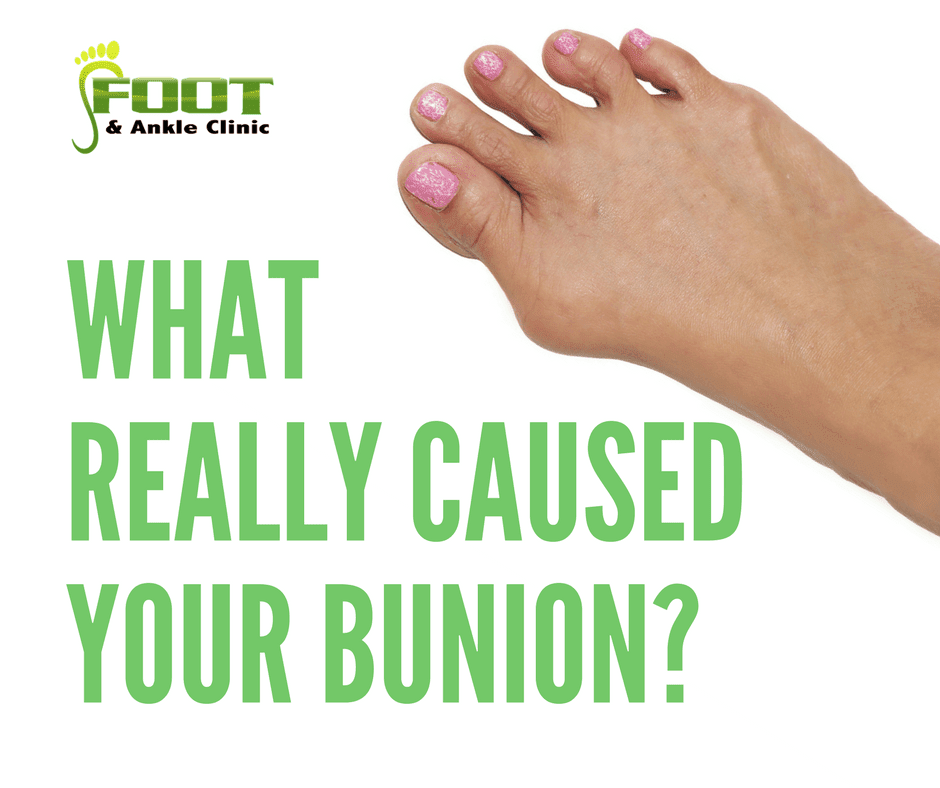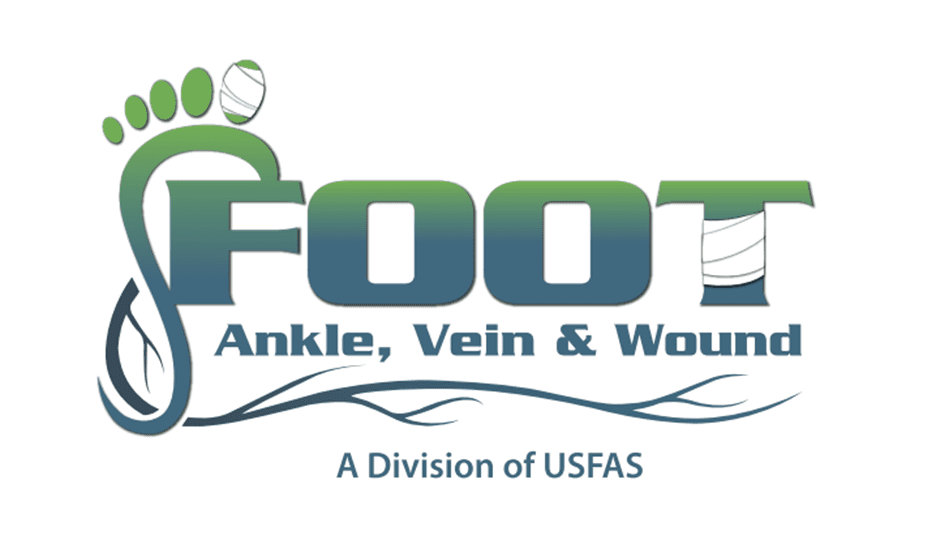
There are a lot of misconceptions and misunderstandings about bunions, despite how incredibly common they are. Many people assume that only older ladies can get them, or that you can only develop them by wearing high heels. While there’s a sliver of truth to these misconceptions—bunions are indeed most common in older women, and high heels can make the problem worse—the truth is a lot more complex.
One thing many people don’t realize is that most cases of bunions have a genetic component. No, you can’t “inherit” a bunion; at least not exactly. You can, however, inherit a certain foot structure or walking gait that isn’t very good at keeping the pressure and weight away from the muscles, tendons, and ligaments surrounding the joint at the base of your big toe (the MTPJ, for short). Wearing high heels or pointy shoes will increase the pressure even further, which can mean the bunion forms sooner or faster. But bad shoes are not a mandatory prerequisite.
Another thing people don’t realize is that the “bump” that we call a bunion isn’t really the primary problem. The protrusion of bone only occurs after the joint becomes destabilized and the big toe begins to drift out of alignment.
Other factors that can contribute to bunion formation include:
- Foot injuries. A major accident or repetitive small impacts over time can destabilize the MTPJ.
- High-stress activities. Ballet dancers are notorious for bunion development, but regular practitioners of any high-impact activity (running, sports, etc.) could be more susceptible.
- Arthritis. In particular, rheumatoid arthritis (an inflammatory condition that can cause joint deformation) and gout (which commonly affects the big toe) are most closely associated with bunions.
- Other medical conditions. Medical issues that affect the strength of ligaments, muscle tone, or joint flexibility are thought to increase the risk of bunions. Examples include cerebral palsy and Marfan syndrome.
Whatever the underlying cause, prompt medical intervention is extremely important. If your bunion hasn’t gotten too large yet, conservative remedies are often more than enough to slow (or stop!) it from getting worse, before symptoms become an issue. The longer you wait for treatment, the more likely surgical correction will be required to get you back on your feet pain-free.
To have an expert evaluate your bunion and discuss treatment options with you, dial (800) 456-8637 to speak with Foot & Ankle Clinic of the Virginias. We have seven convenient locations in Virginia and West Virginia to serve you.

